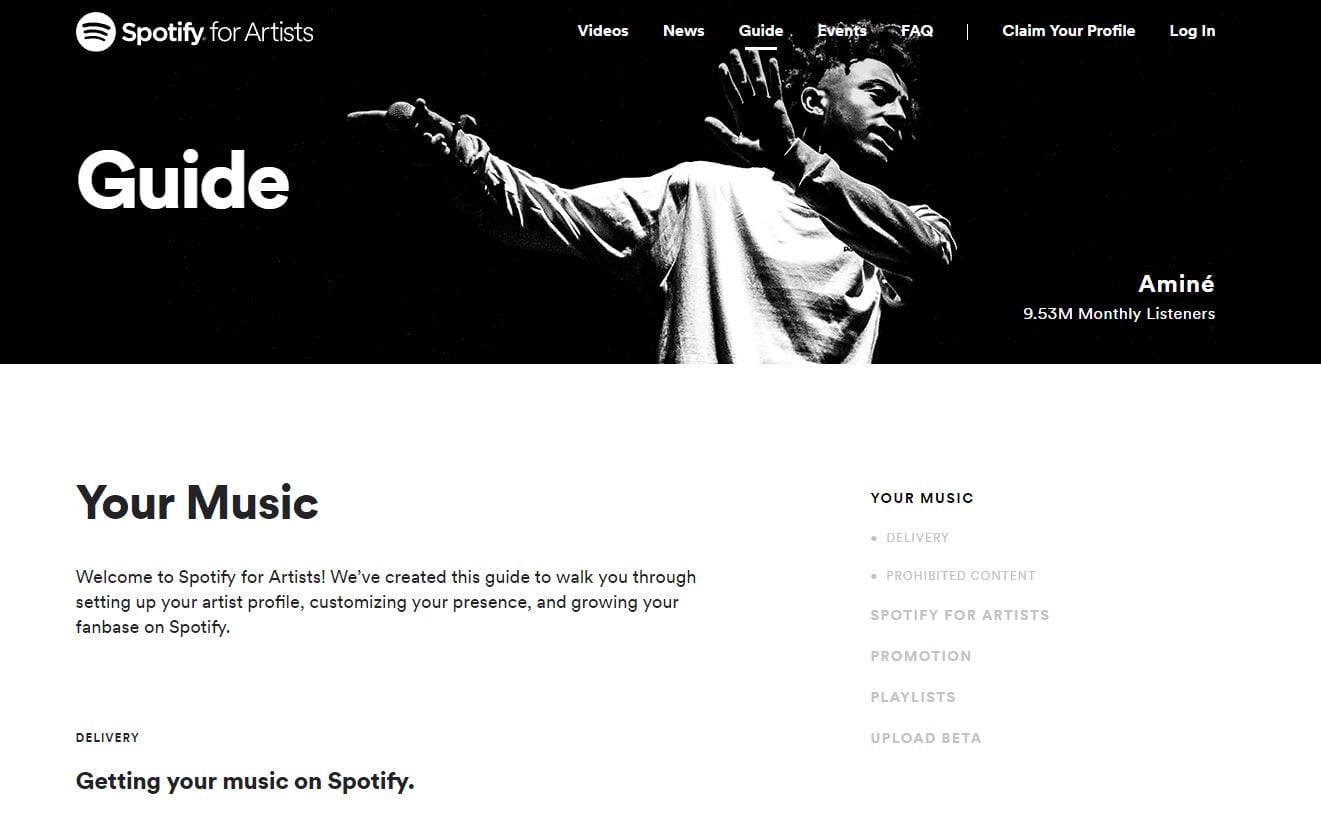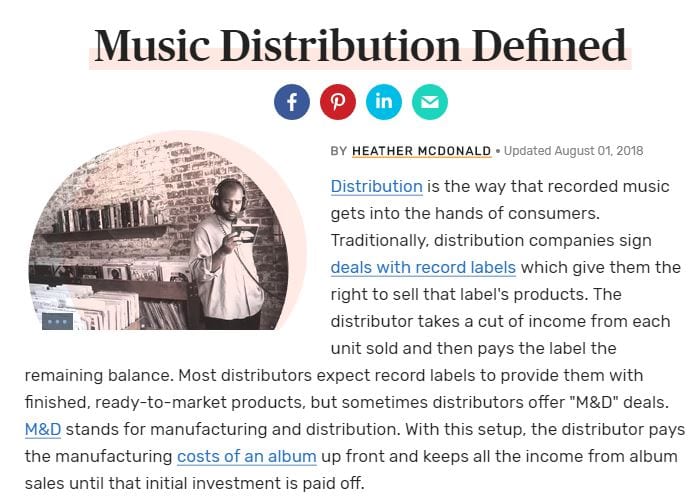How do the elements of your production work together to create a sense of ‘branding’?
Task:
- Video directors commentary on all three products with particular reference to star image & brand values.
You are working in your production group to prepare the video for this but you must contribute equally to the voice over and introduce yourself when speaking. You make some bullet point prompts together, but you must be able to verbalise and explain these concepts & how they apply yourself!
Preparing the video for the commentary.
- Create a new Premiere project and import the .mp4 file you exported as your final draft for your music video.
- Drop the video into ‘sequence one’ timeline, ‘Unlink’ the sound (A1) from the video (V1)
- You will either delete the sound channel completely or…
- …fade the music in and out over the commentary.
- Record a commentary explaining the brand image you have communicated in your video, digipack and website.
- The emphasis in this voiceover should be how the three products are…visually, thematically, aesthetically, generically, institutionally & ideologically linked into your BRAND or STAR IMAGE!
- You must use media terminology to describe production techniques and you used and should also use some terms relevant theory / concepts that you have learnt during the course; e.g:
- Theory of the Active Audience: preferred / negotiated / oppositional reading (Hall)
- Stars Image, Ideology & the Metanarrative (Dyer)
- Semiotics & Structuralism (Barthes)
- Narrative: Structure, themes, chronology, positioning: (Propp / Todorov, Strauss)
- Genre: conventions (blueprint), predictable pleasure (contract) & marketing (label) (Altman)
- Drop in a jpeg of each pane of your digipack and screen grabs from your web site in place of, (or over) the existing footage.
- This means you might have a full screen image or you might layer up the images over the video in V2. This is will be where you are discussing those the specific links between the products and what you were trying to achieve.
Guidance
Please answer the following questions in your voice-over:
- How do the products reflect the star image & ideology of the artist?
- Theorist – Dyer
- Terms: Star image, Brand, Meta-narrative.
- How are the products designed to create a coherent brand identity?
- Theorist – Blumler & Katz
- Terms: Social Interaction, Information, Personal Identity & Entertainment
- Theorist – Hall
- Terms: Active audience, preferred reading, ideology
- Theorist – Blumler & Katz
- How does design of the digipack and website fit with the video?
- Theorist Barthes
- Terms: Signifies, encode, decode, cultural, symbolic, semic…code
- Theorist Barthes
- What are the institutional/business purposes behind the 3 products?
- Theorist – Altman
- Terms: Predictable pleasure, contract. Similar different. Marketing. Fans. Call to Action.
- Theorist – Altman
You may, of course, discuss other links and relationships; you should however try to show how there is a symbiotic (mutually beneficial) relationship between the three products and how this is achieved.
Whilst your DP and Advert will not be directly linked to the actual song in the music video, you must focus on the links between them regarding visual style, genre, star image, representation, ideology and brand packaging of the performer, which will be the same.
Notes for Directors Commentary
Structure of the commentary: Timeline Map
You will need to plan some bullet points for a script of this voiceover, but you must not read it out word for word! It feel like a well informed discussion between you and your partner/s. Plan the script first and then divide it up between the group – ensuring you have covered the main theorists and links to be discussed (see above). Once you have the script, you can think about the visuals that you need.
Examples:







